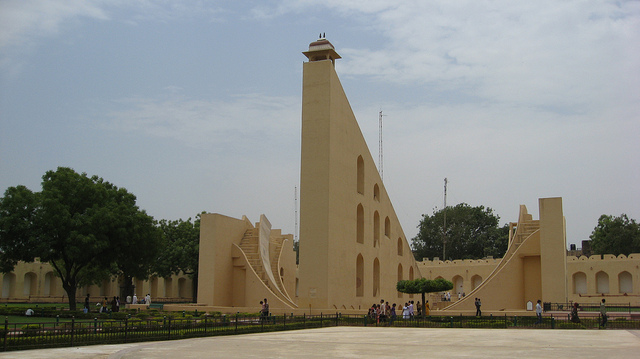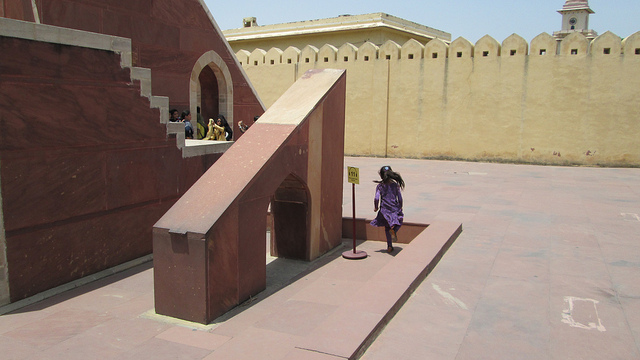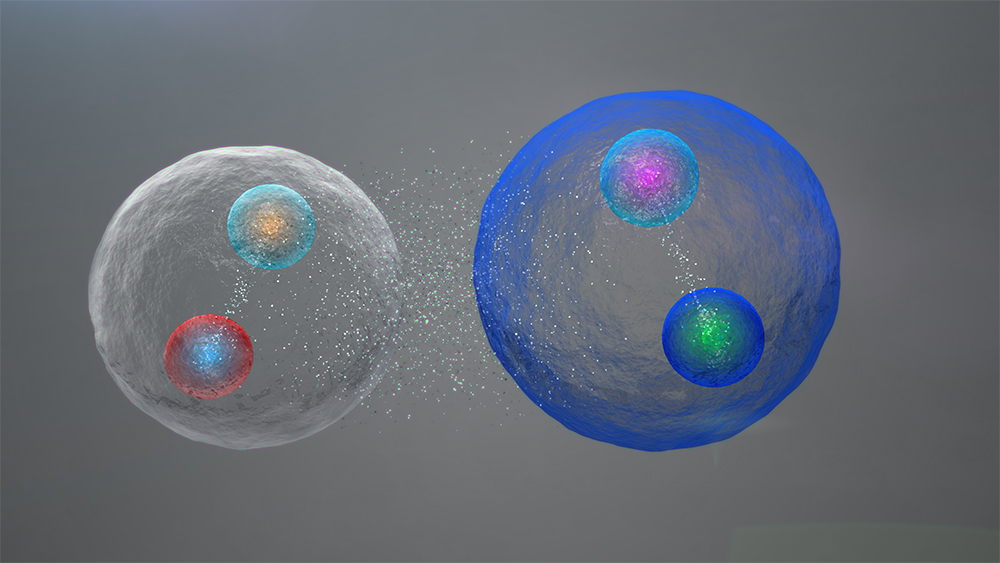Have you ever been to an observatory? An observatory is a room or building housing a telescope or other scientific equipment for the study of natural phenomena. In present day observatories, we have housed advanced astronomy gadgets that tell us all we want to know about the celestial bodies in space. What about the times when modern gadgets were not invented? Were there observatories in olden times? Or were people in those times not aware of what was happening up there?
Of course, people then were fully aware of all celestial events with great accuracy. How so? A great example of this is Jantar Mantar in India. Jantar Mantar is the common name given to five, magnificent observatories built in Jaipur, New Delhi, Ujjain, Varanasi and Mathura in the 1720’s. It was built by the then king Maharaja Jai Singh II who had a keen interest in mathematics, architecture and astrology.
The name Jantar Mantar in itself means ‘calculation instrument’. It is derived from two separate Hindi words, Jantar meaning instrument and Mantar meaning “formula”, or “calculation”.
The Jaipur observatory amongst all the five is the largest and best preserved. It has the world’s largest sundial and is listed as a UNESCO world heritage site. The observatory consists of fourteen major geometric devices, made mostly of concrete. They were used extensively in olden times for measuring time, calculating the position of stars, planets and moon, forecasting eclipses, and much more. Each is a device is a fixed tool.
The biggest instrument at Jantar Mantar, Jaipur is Samrat Yantra. It is the biggest sundial in the world. It tells the time of the day with exceptional accuracy by the using shadows cast by the sun.

Another instrument, Yantra Raj consists of disc made out of seven alloys so that its size remains same in all seasons. Now that is smart, isn’t that? This simple looking instrument was used to calculate various planetary positions. This information, in turn helps in determining the timings for probably solar and lunar eclipses.

The Dhruvdarshak Pattika is another tool at Jaipur observatory. It might just look like a simple small trapezoidal structure, but even simple structures were very useful. The upper surface of this trapezoid points towards the Pole Star on a clear night.

Likewise, there are many other instruments at Jantar Mantar, each having their own specific purpose and each one delivering the information accurately.
Isn’ t it amazing that how even geometrical concrete structures can give you such a detailed insight into the cosmic world?
Just like your elders say that they know better than you, the elder generations also knew better than us :)





Leave a Reply